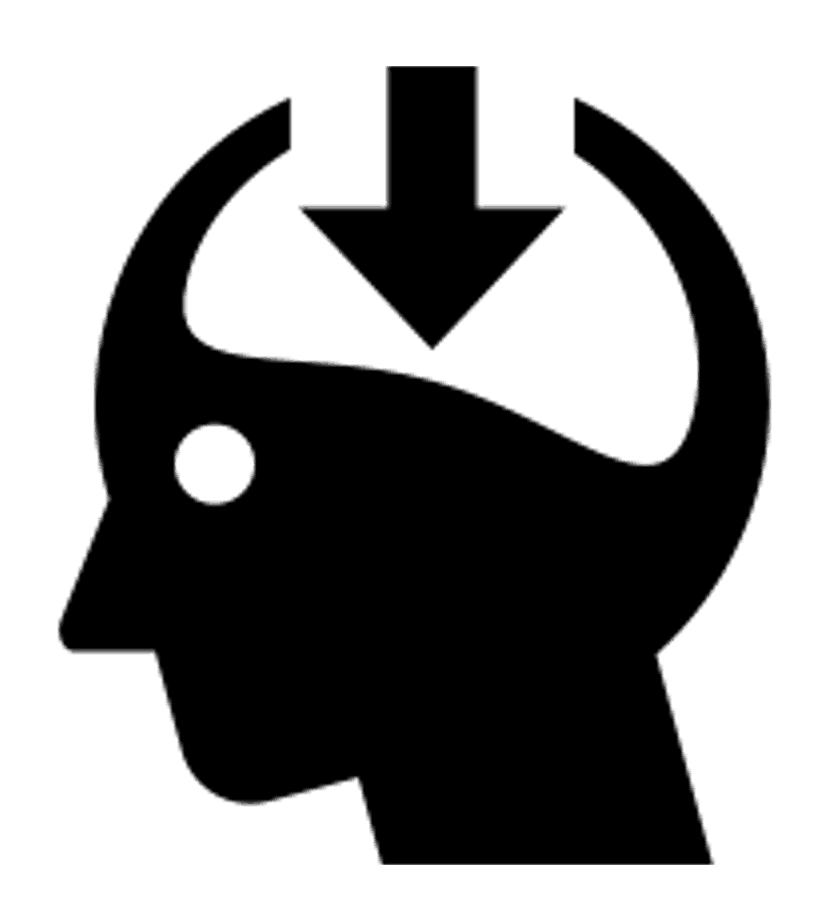|
Knowledge management solutions take several forms, depending on the business problems they are meant to solve: Communities of practice provide an on-line forum for sharing knowledge when a company's culture, structure, geography, or information systems otherwise inhibit collaboration. For instance, in a company that is organized around business processes rather than functional departments, people with similar skills may be scattered throughout the organization, making it difficult for them to learn from one another. Programmers reporting to different lines of business might then form an I-Net based community that shares best practices using a discussion database, thus keeping their programming skills current, while maintaining their business relationships. Knowledge-based decision solutions are intended to enhance the quality and timeliness of information delivered to employees, and thus improve specific decisions. Chase Manhattan, for instance, developed a Notes-enabled system that manages client portfolios by drawing together information from disparate systems and presenting it in a number of views. The bank's relationship managers use the system to make decisions that benefit both Chase and its customers. (Chase is profiled as a best-practice case study in this report.) These first two types of solutions are best suited to groups of workers who share a background and language that enable them to communicate in few words. A chemist in a pharmaceutical development laboratory, for instance, could post a brief note in a discussion database used by people in other functions throughout the company, using jargon and short hand expressions. People outside the community of practice would not understand the message. Competency development solutions provide interactive tools for people who don't share a background, to help them access the knowledge of experts around the company and internalize a known body of content. The pharmaceutical company would use this type of knowledge management system, therefore, to train new chemists.
A knowledge architecture determines how everyone will communicate, how databases will be designed, how information will be structured and named,
and how legacy information systems will be integrated. This ensures that key business information is identified, categorized, and ranked according to its
value. Increasingly, information resource specialists who used to spend their time searching for and forwarding documents and information are being
asked to help categorize and catalog resources for access in a knowledge management system.
|
 Hari Srinivas - hsrinivas@gdrc.org Hari Srinivas - hsrinivas@gdrc.orgReturn to the Knowledge Management Page |